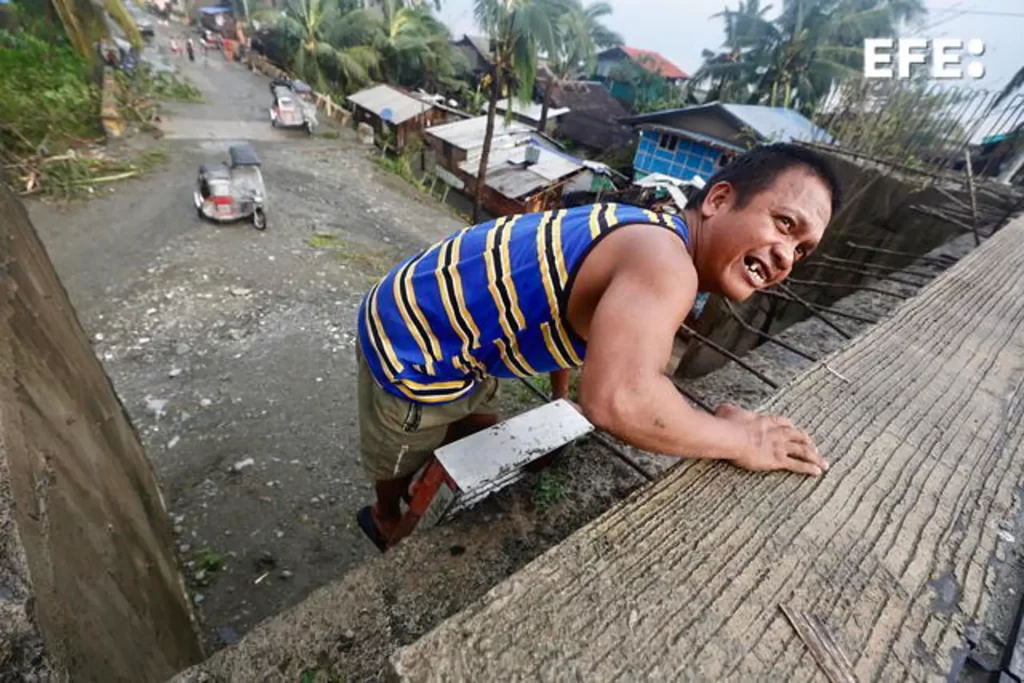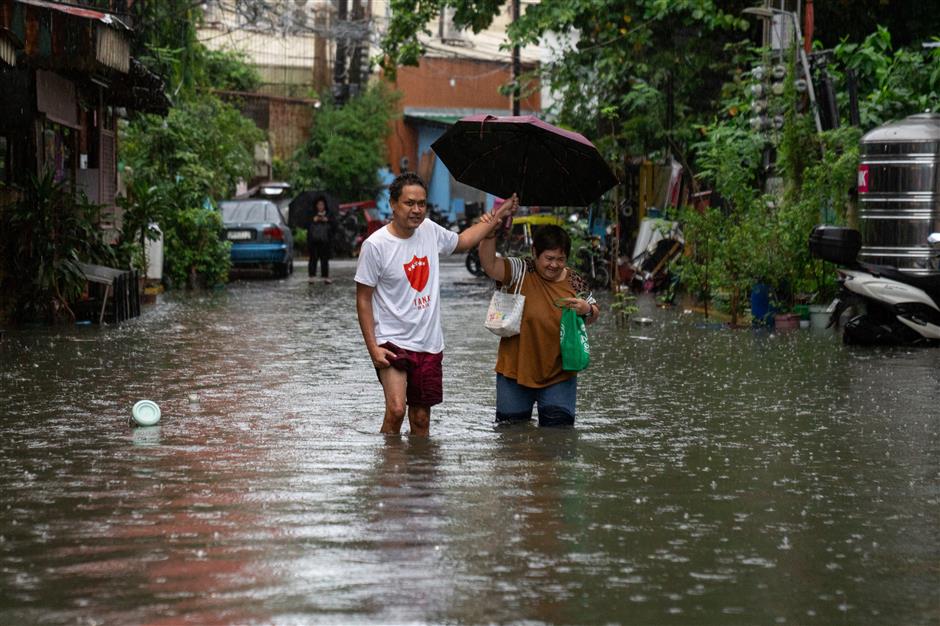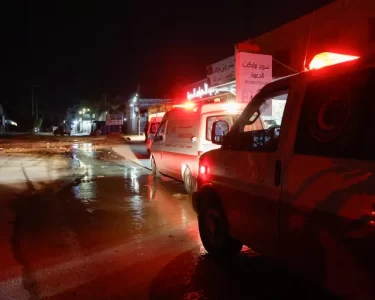Super typhoon Man-Yi swept through the Philippine archipelago over the weekend, killing at least eight people and triggering landslides and storm surges in the nation’s sixth major storm in a month, authorities reported Monday.

A family of seven, including an eight-year-old girl, died when a landslide buried their home in Nueva Vizcaya province, while a 72-year-old man was killed in Daet town, Camarines Norte province, when strong winds downed cables that caused a fatal vehicular accident.
“One casualty is one casualty too many. So, that is unfortunate,” President Ferdinand Marcos Jr. told reporters. “We will now carry on with the rescue of those isolated areas and the continuing relief for those who have been displaced.”
Man-Yi made landfall in eastern Catanduanes province Saturday before weakening as it crossed the main island of Luzon. The storm, now approaching Vietnam with maximum sustained winds of 110 kilometers per hour and gusts up to 135 kph, has left extensive damage in its wake.

In Nueva Ecija, a major rice-producing province in northern Luzon, flooding has overwhelmed farmlands and villages. “The floodwater from the typhoon and the surrounding provinces gushed here because the elevation of the land here is lower,” farmer Danilo Dagdagan told Reuters from his flooded home. “It makes our lives difficult, it’s hard for us especially for those without sufficient food.”

U.S. Defense Secretary Lloyd Austin announced direct military support for relief operations and an additional million dollars in urgent humanitarian aid. The assistance comes as the Philippines grapples with its most active storm season in recent memory, following October’s devastating Tropical Storm Trami and Typhoon Kong-rey, which killed 162 people with 22 still missing.
The Philippines typically endures about 20 tropical storms annually, but the rapid succession of recent storms has strained emergency response capabilities and highlighted the nation’s vulnerability to extreme weather events.











